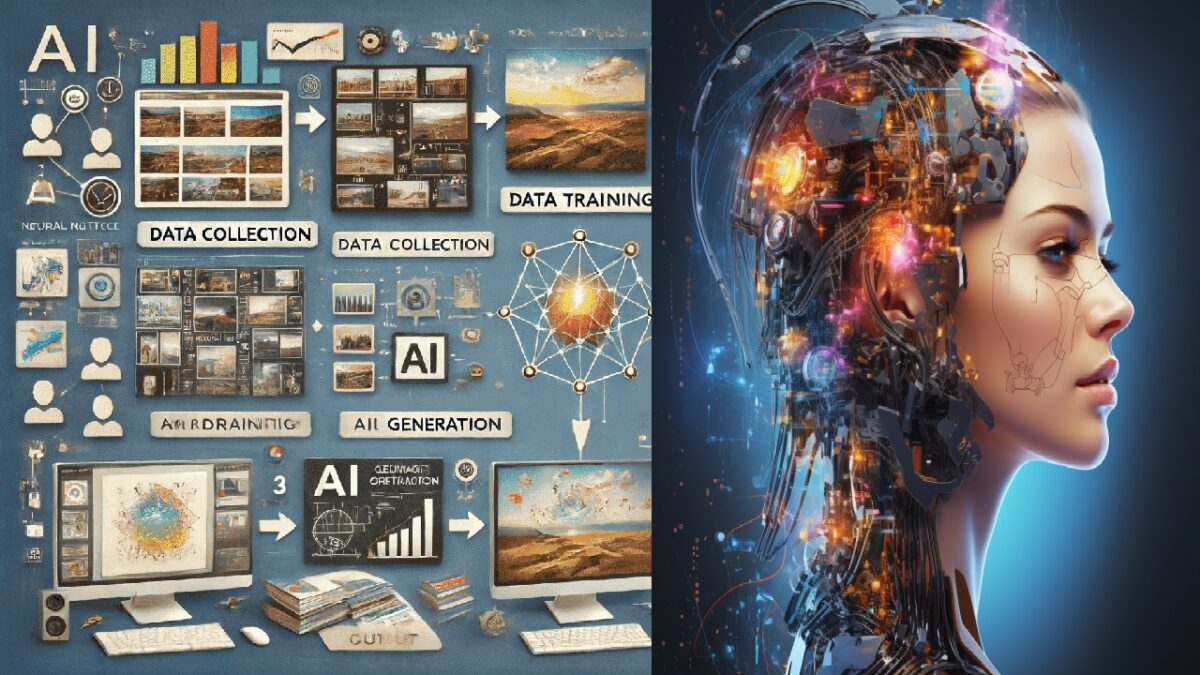AI Photo Generation: In the realm of digital art, artificial intelligence (AI) has emerged as a revolutionary force, capable of creating stunning and original visuals. One of the most exciting applications of AI in this field is the generation of photos. By leveraging the power of deep learning algorithms, AI can produce images that are indistinguishable from those captured by traditional cameras. In this comprehensive guide, we will delve into the fascinating world of AI photo generation, exploring the underlying technology, popular tools, and essential tips for creating your own masterpieces.
How AI Generates Photos
At the core of AI photo generation lies the concept of deep learning. This technique involves training a neural network on vast datasets of images and their corresponding labels. As the network processes these images, it learns to identify patterns, features, and styles. When presented with a new prompt or description, the AI can then use its acquired knowledge to generate a photo that aligns with the given input.
The process typically involves the following steps:
- Data Collection: A massive dataset of images is assembled, covering a diverse range of subjects, styles, and artistic expressions.
- Model Training: The neural network is fed the training data, allowing it to learn the intricacies of image formation and representation.
- Prompt Generation: The user provides a text-based prompt or description, specifying the desired content, style, or mood of the image.
- Image Synthesis: The AI processes the prompt and uses its learned knowledge to generate a photo that matches the specified criteria.
Popular AI Photo Generation Tools
Several powerful tools have emerged in recent years, making AI photo generation accessible to both artists and enthusiasts. Some of the most popular options include:
- Midjourney: Known for its ability to create highly detailed and artistic images based on text prompts.
- Stable Diffusion: An open-source model that offers a high degree of customization and control over the generated images.
- DALL-E 2: Developed by OpenAI, DALL-E 2 can create a wide range of images from simple to complex descriptions.
- NightCafe Creator: A user-friendly platform that offers various AI art styles and techniques.
Tips for Creating High-Quality AI Photos
To maximize the potential of AI photo generation, consider the following tips:
- Be Specific in Your Prompts: The more detailed and descriptive your prompt, the better the AI can understand your desired outcome. Use vivid language and include relevant keywords to guide the generation process.
- Experiment with Different Styles: Explore various AI models and styles to find the one that best suits your creative vision. Each tool has its unique strengths and characteristics, so don’t be afraid to try different approaches.
- Refine and Iterate: AI photo generation is an iterative process. Start with a basic prompt and gradually refine it to achieve your desired result. Experiment with different variations and settings to discover the perfect combination.
- Leverage Negative Prompts: To avoid unwanted elements in your generated images, use negative prompts. These specify features or objects that you do not want to appear in the final result.
- Combine AI with Traditional Techniques: For even more creative outcomes, consider combining AI-generated images with traditional art techniques. This can involve adding hand-drawn elements, applying filters, or using digital painting tools.
Conclusion
AI photo generation is a rapidly evolving field with immense potential. By understanding the underlying technology, exploring popular tools, and applying the tips outlined in this guide, you can unlock your creativity and create stunning visual works. Whether you are an experienced artist or a curious beginner, AI photo generation offers a unique and exciting avenue for artistic expression.

